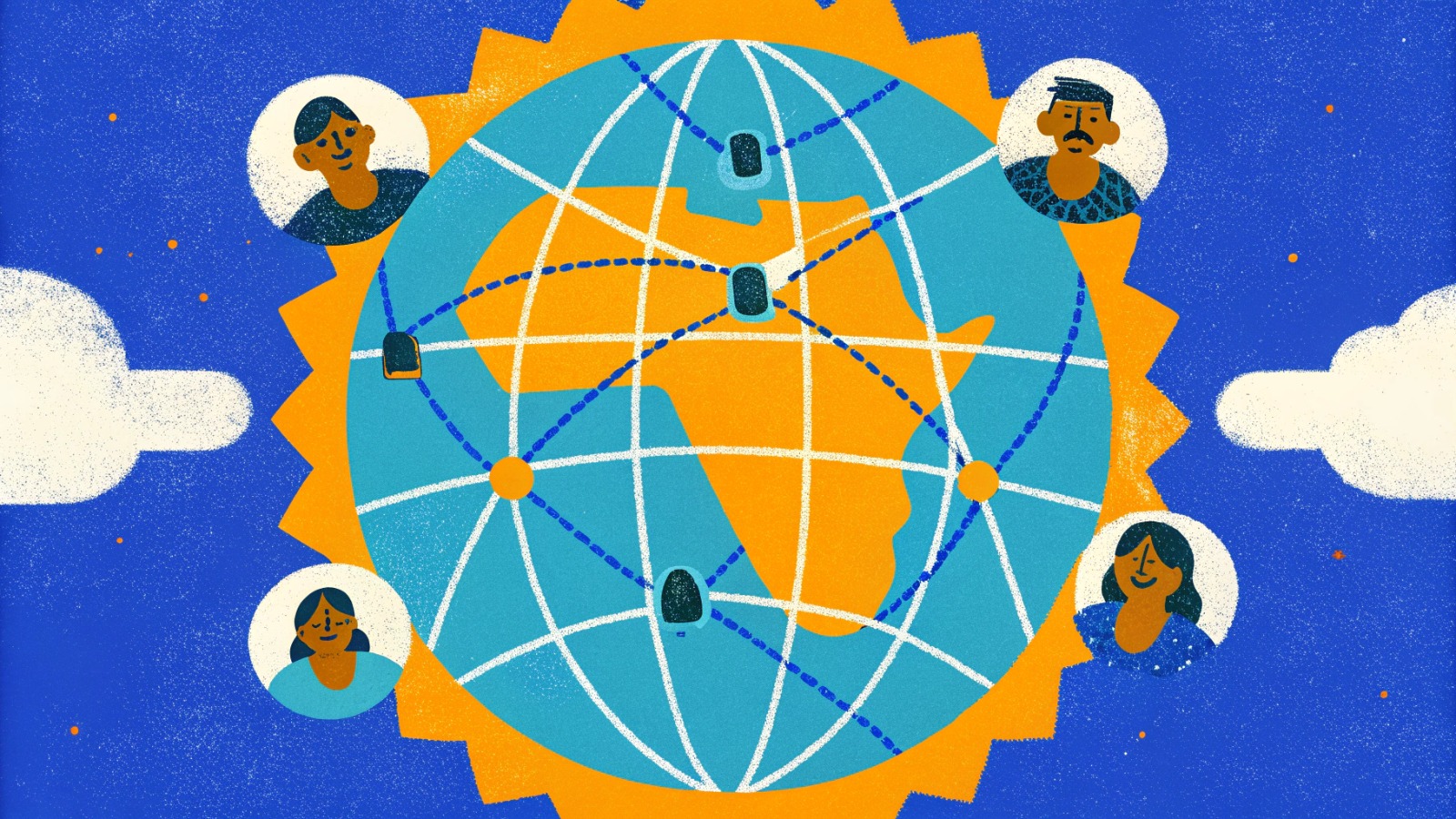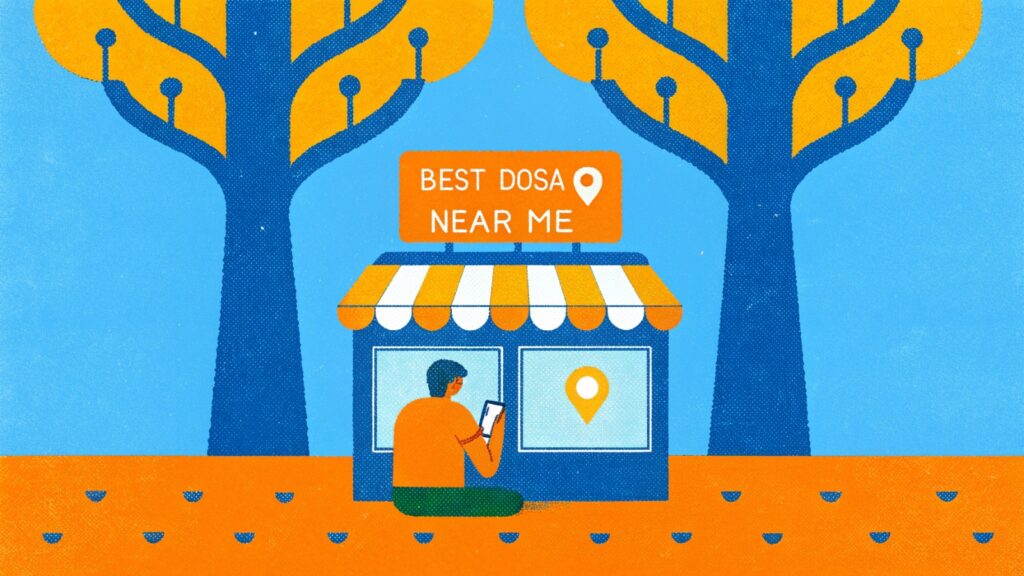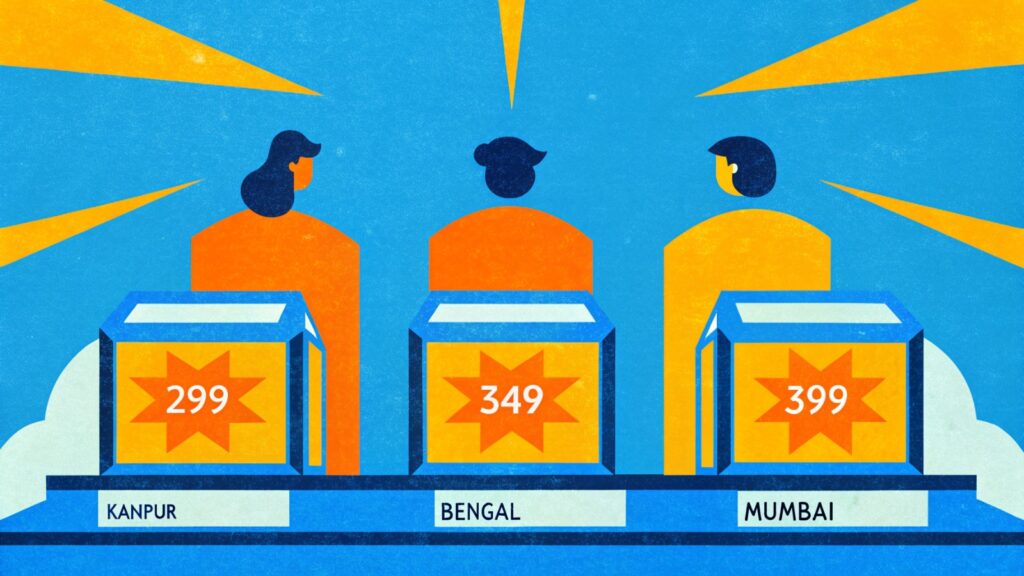
Why Glocalization Works: 8 Insights from the Best Marketing Agencies
Jul 10, 2025
Trends are at the heart of today’s marketing—but what truly makes something trendy? It’s all about connection. Relatability is the hook that pulls people in.
And what’s the trendiest force in modern marketing right now? Inclusivity. It’s the most powerful and beautiful process driving authentic brand engagement. Not just as a concept, but as a commitment—to voices, faces, and cultures that were long ignored, thereby celebrating audiences of different backgrounds.
A recent Deloitte study found that 70% of Gen Z are more likely to trust brands that showcase diversity in their advertising. They want brands that mirror their reality, align with their values and not manipulate it.
Look at the rise of Indian series like Panchayat and Paatal Lok—they’re just as buzzworthy as global hits like Narcos or K-Dramas. Why? Because cinema, like great marketing, mirrors society. Audiences crave representation—they want to see their lives, their struggles, and their soil and victory on screen.
Brands have started listening. While iconic Indian names like Amul and Tata have long celebrated regional voices on global stages, even international giants are catching up. Mattel, for instance, has begun designing Barbies that reflect real girls from around the world—Indian, African, Asian—breaking free from the old, all-white mold.
But when did India start taking its baby steps from globalization to glocalization?
The answer lies in the economic evolution of the country.
Glocalization Rooted in India’s Economic Evolution
In the early 1990s, India underwent a transformational shift. The liberalization of trade policies in 1991 opened the economy to foreign investments, introducing Indian consumers to global brands for the first time. This wave of globalization created unprecedented opportunities for both domestic and international businesses.
However, by the mid-2000s, marketers began to recognize a critical limitation of global campaigns: they often failed to connect with India’s hyper-diverse linguistic, cultural, and regional nuances. This realization gave birth to glocalization—a blend of global reach with local relevance. The mantra “Think Global, Act Local” emerged as a powerful strategy to build brand trust and resonance in Indian markets by respecting local tastes, traditions, and communication styles.
With the digital boom—especially post-2016’s Jio revolution—India’s mobile and internet penetration exploded. A Google-KPMG report shows that over 70% of Indian internet users prefer content in local languages, highlighting the necessity of local expertise to align with the common man’s perspective.
But what are the key touchpoints turning local into the new global? Let’s explore a few:
The Marketing Touchpoints That Count

1. Cultural Sensitivity Builds Trust :
Culture shapes beliefs and social behaviors. In India, culture changes from one district to another—based on geography, climate, traditions, spirituality, and rituals. One campaign can’t speak to all. According to the Journal of Digital Marketing and Communication, cultural missteps can derail even the best-intentioned campaigns. Trust is not just about product quality—it’s about feeling seen and understood.
Consider Pepsi’s infamous mistranslation in China: “Pepsi brings you back to life” was translated as “Pepsi brings your ancestors back from the grave.” Not exactly the brand sentiment they were going for. Even McDonald’s, known globally for its beef patties, rebranded itself in India with vegetarian offerings like the McAloo Tikki to align with local dietary preferences.

2. Local SEO strengthens Digital Visibility :
You may have the slickest website, but if it doesn’t show up when someone searches “best biryani near me,” it’s irrelevant. According to Google, 46% of all searches are local, and 88% of mobile users who search for a local business contact or visit it within 24 hours.
Local SEO involves using region-specific keywords, business directories, Google Business listings, and native language reviews. It’s not just search optimization—it’s making your brand digitally discoverable in the language of your consumer’s intent.

3. Social Media Vibes Are Region-Specific :
While Twitter (X) is big in Delhi’s policy circles, in Gujarat, a Facebook reel with a folk song might go viral. Social media habits change by region. For example, Instagram dominates in metros, but platforms like ShareChat and Moj thrive in Tier 2 and 3 cities.
Take BoAt, the Indian audio brand—it nailed its regional marketing by using local influencers, vernacular content, and reels that resonated with Gen Z in both metros and smaller towns.

4. Language Localization Is Deeper Than Translation :
Expressing the brand essence in the local language is something very touchy, very beautiful. But literal translations often miss the mark because still most translators like Google Translator or Duolingo can’t express the true emotions that actually connect hearts. Nothing can beat the charm of “Namma Bengaluru” or “Bhalo Acho Kolkata?” It’s the language of their soil. True localization means understanding idioms, humour, slang, and emotional triggers—and it demands a lot of research.
According to a CSA Research report, 76% of consumers prefer to buy from websites in their native language, and 40% won’t buy if the content isn’t in their language—even if they’re bilingual.

5. Product Customization Based on Local Preferences :
This is where things get really glocal because not only do people’s preferences differ, but also availability of materials and climate differences require customization for specific regions. South and East India both eat rice and are fond of coconut oil, but the approach towards rice and coconut oil is very different—one sees rice products as breakfast essentials and the other as mostly for lunch. Brands are reworking product lines, packaging, and marketing based on local insights.
For example, Maggi sells its classic noodles globally—but in India? You get Masala Maggi, a flavour tailored to the Indian palate. In South India, they even launched variants with curry leaves and spices native to the region. Even skincare and haircare products differ from one region to another.

6. Pricing Sensitivity Varies Regionally :
The same product priced at ₹399 in Bengaluru might need to drop to ₹349 in Kanpur or ₹299 in Ranchi to see traction. Regional income levels, brand trust, and whether the product is seen as a need or a luxury all influence what people are willing to pay. A one-size-fits-all pricing strategy often leads to missed opportunities. Local marketing allows brands to tailor not just prices, but also bundle offers and payment options—like cash-on-delivery or UPI discounts—based on what resonates in a specific geography.

7. Regional Festive Calendars Offer Untapped Seasonal Opportunities :
India is the land of festivals. A popular saying goes, “Baaro Mashe Teero Parbon”—twelve months have thirteen festivals. According to Statista, in 2024, the Indian festive season, spanning September to February, generated significant revenue, with Diwali and wedding seasons topping the charts at around 4.2 trillion rupees each. While national festivals like Diwali and Eid dominate marketing calendars, regional festivals such as Durga Pujo in Bengal, Onam in Kerala, Pongal in Tamil Nadu, Bihu in Assam, or Chhath Puja in Bihar drive massive local spending. These occasions are goldmines for targeted promotions, but often go unnoticed by brands with centralized strategies. Local campaigns—infused with regional aesthetics, messaging, and even product variants—can deliver outsized returns during these highly emotional buying windows. For example, Blinkit changes its paper bag illustrations accordingly for every festival and every season, bringing the brand “moments of joy,” connection, and mindshare.

8. Localized Data Fuels Faster Product Iteration :
Local teams are on the ground, hearing directly from customers about what works and what doesn’t. They can identify why a feature might be ignored in one district but beloved in another, or which local competitor is gaining traction. This hyper-local feedback loop enables brands to tweak offerings rapidly, giving them a competitive edge over national players who rely on slower, top-down decision-making.
Not just blurring lines—representing every side of the story.
For decades, India has celebrated unity in diversity. Only now is marketing beginning to reflect that richness. Every culture is a story worth telling, and this fresh approach lets those stories shine. It’s not always easy. As creators, we walk a fine line—between expression and sensitivity—but we’re committed to showing up for every voice.
This is the era of identity, pride, and unapologetic authenticity. If you believe in your story, we’re ready to help you tell it—beautifully, and with meaning.
Your journey deserves the right partner. Connect with us today.
Next Story

How Packaging Builds Brand Identity: Digging Deeper Into the Wrapper
Aug 8, 2025
Trends are at the heart of today’s marketing—but what truly makes something trendy? It’s all about connection. Relatability is the hook that pulls people in. And what’s the trendiest force…
Read More





